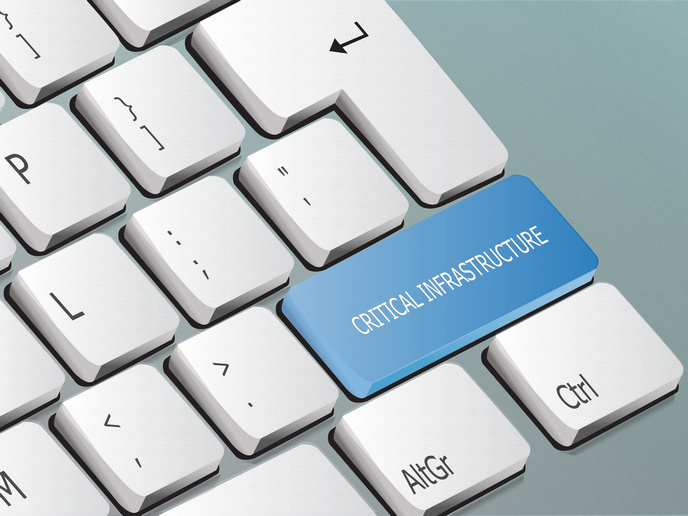Making Europe’s critical infrastructures future-proof
The EU-funded SUNRISE project has recently tested a variety of remote tools to detect irregularities in critical infrastructure (CI). During the COVID-19 pandemic, CIs across Europe were severely tested, teaching us the importance of future-proofing these structures so necessary for maintaining normalcy in daily life. With this challenge in mind, SUNRISE set out to improve the resilience of Europe’s CIs, including roads, power plants, water treatment facilities and hospitals, against future pandemics and other major risks.
The tools for better resilience
SUNRISE has introduced four innovative tools to enable CI resilience and continuity. These are tools for risk-based access control, resource demand prediction and management, increased cyber-physical resilience and remote physical infrastructure inspection. The tool for risk-based access control will help reduce the risk of accessing CI in a scalable and privacy-preserving way. The tool for resource demand prediction and management focuses on managing the changing demand of CI resources – both human and infrastructure – during emergencies. The tool for increased cyber-physical resilience will identify anomalies, raise alarms when incidents occur and provide proper responses, in addition to performing a real-time risk assessment of CI. The final tool will enable continuous, data-driven remote inspection of CI. The project recently piloted its tool for remote physical infrastructure inspection. The tool combines satellite images, unmanned aerial vehicles with different sensors and machine learning methods to uncover CI anomalies. So how would such a tool help in a major crisis? It could detect any problems in CI and fix them without the need for physical human intervention, in this way enhancing people’s safety. “Piloting the suite of SUNRISE tools in real-world scenarios is a crucial milestone in the project,” states Aljosa Pasic of SUNRISE project coordinator ATOS IT Solutions and Services Iberia, Spain, in a ‘Silicon Republic’ article. “Getting the opportunity to work with critical infrastructure operators across Europe and taking their feedback and inputs on board is extremely valuable as we continue to develop each technological element – in this case the remote infrastructure inspection tool,” he remarks, adding: “We hope that we can take learnings from this round of piloting work into the further development of the remote infrastructure inspection tool.” As reported in the article, the project has conducted trials in Spain, Italy and Slovenia, with researchers collaborating with transport, water and electricity operators over a period of 2 months. According to Pasic, the trials have helped to highlight the benefits of the project’s tools, such as “saving cost or optimising valuable resources.” SUNRISE (Strategies and Technologies for United and Resilient Critical Infrastructures and Vital Services in Pandemic-Stricken Europe) ends in September 2025. For more information, please see: SUNRISE project website
Keywords
SUNRISE, critical infrastructure, infrastructure, resilience, remote inspection



